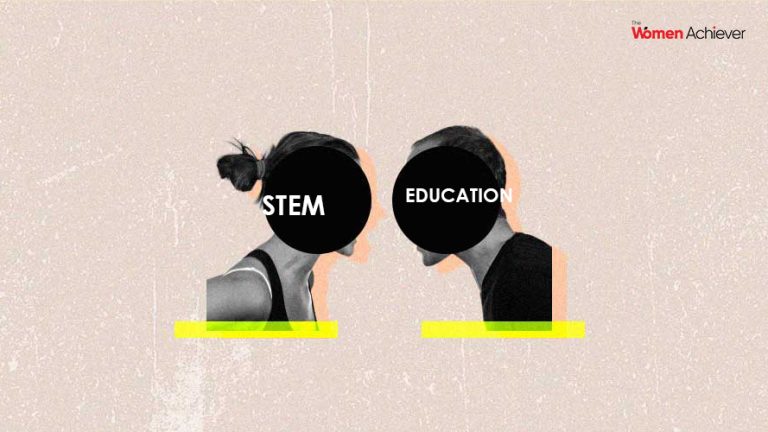Here’s STEM vs Education: The Complex Dynamics of Gender Distribution.
Educational attainment and gender distribution in STEM (science, technology, engineering, and mathematics) are multidimensional and are shaped by a variety of factors including social norms, cultural expectations, historical biases, and institutional structures it has an impact.
Historical Context: Historical Background Historical biases, stereotypes, and societal expectations have traditionally made STEM fields dominated by men. In contrast, education, especially at primary and secondary levels, has historically been associated with femininity.
Assumptions and Stereotypes: STEM fields are often perceived as masculine fields, with stereotypes characterizing qualities such as logic, understanding, and analytical skills as inherently masculine.On the other hand, education is often associated with training, care, and emotion of intelligence, qualities that are culturally attributed to femininity.
Educational opportunities: Gender inequality can also be attributed to differences in educational opportunities. In many countries, girls are encouraged to go into the humanities and social sciences, while boys are pushed into STEM subjects. This early guidance can determine long-term educational and career choices.
Workplace: Historically, workplaces in STEM have been less than welcoming to women, with workplace discrimination, bias, and underrepresentation in leadership positions. In contrast, education has recognized female faculty as the profession that has the number of supervisors increased, potentially making it a more attractive field for women.
Perceived relevant impact and impact: There may be differences in how STEM and education are perceived in terms of societal value and impact. STEM fields are often associated with innovation, technology, and scientific advances, which are considered high-profile and economically rewarding. Education is important, although it is not always given the same prestige or financial reward.
Policy and advocacy: Efforts to address gender inequality in STEM and education often involve policy interventions, advocacy, and initiatives aimed to promote diversity, equity, and inclusion These efforts may vary from region to region and have varying degrees of success.
Cultural and social norms: Cultural and social norms play an important role in shaping gender distribution in both STEM and education. These values can vary greatly across cultures and can influence individual perceptions of gender roles and career choices.
Addressing gender disparities in both STEM and education requires multifaceted approaches that address underlying social norms, biases, and structural barriers. This includes promoting inclusive educational environments, challenging stereotypes, providing mentoring and support networks, and implementing policies that promote gender equity and diversity






Add comment